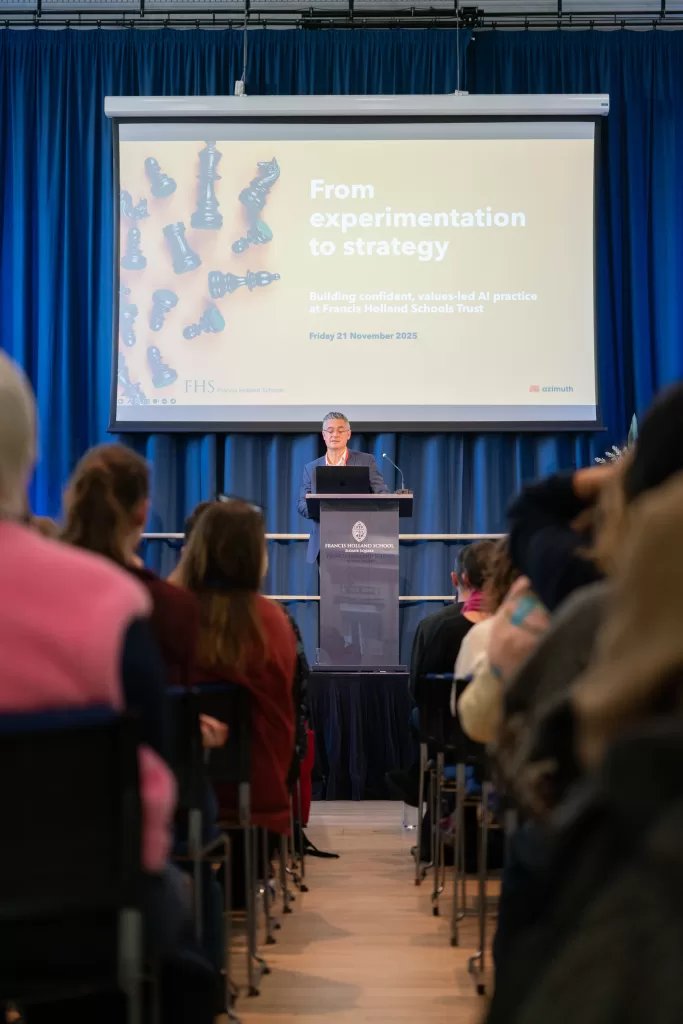
From Autonomy to Agency: The Missing Piece in School Leadership
26 September, 2025
From Autonomy to Agency: The Missing Piece in School Leadership
Teachers have long aspired to autonomy as the hallmark of professional respect. Give us teachers autonomy, the argument goes, and we will flourish: freed from prescription, released from bureaucracy, and…





